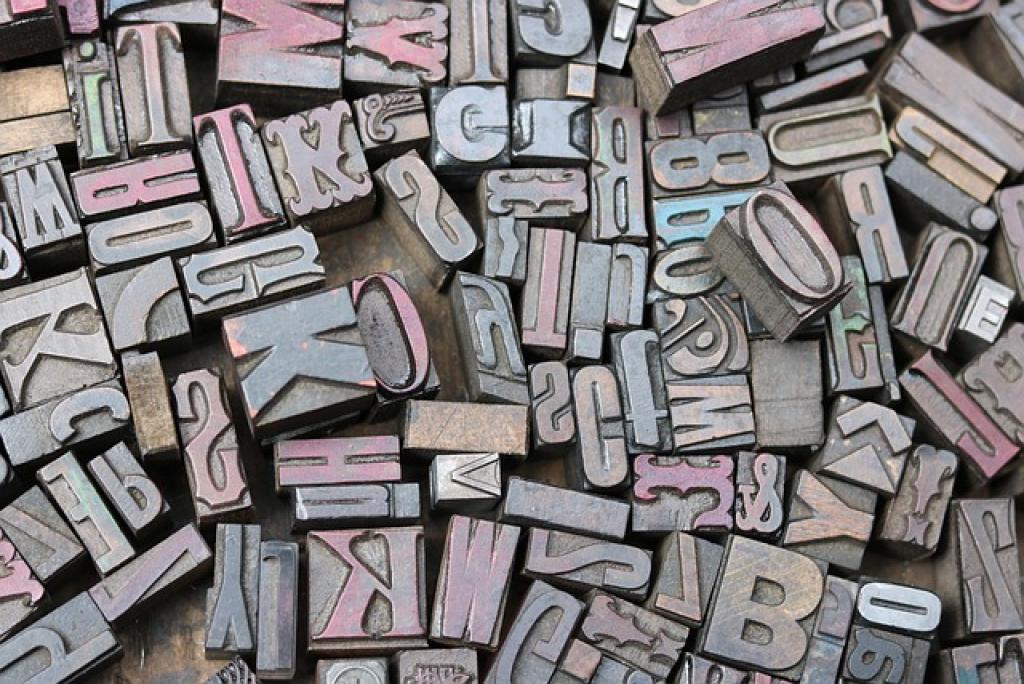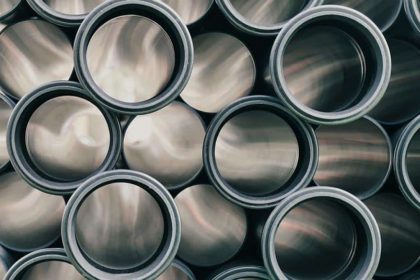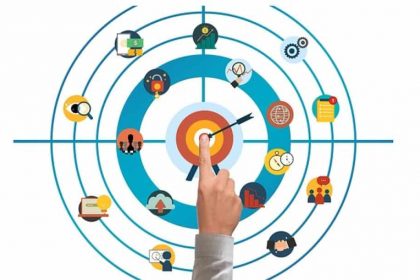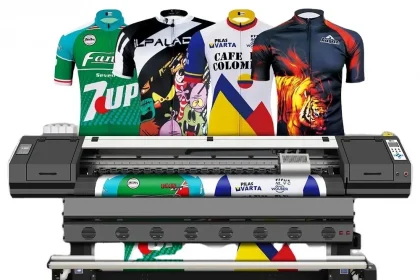Have you ever looked at a beautifully designed t-shirt or a vibrant printed poster and wondered about the intricate process behind it? Substrate printing plays a crucial role in bringing these designs to life, and the digital design landscape is continuously evolving to make this process more efficient and innovative than ever before.
The Evolution of Substrate Printing
Substrate printing, also known as surface printing, involves transferring an image or design onto a substrate such as paper, fabric, plastic, or metal. Traditional methods of substrate printing, like screen printing and offset printing, have been around for decades and have served us well. However, with advancements in digital technology, the world of substrate printing is undergoing a significant transformation.
Enter Digital Design
Digital design has revolutionized the way we create and print designs on various substrates. With the rise of digital printing techniques such as inkjet and laser printing, designers now have greater flexibility and precision in bringing their creative visions to life. Digital design allows for quick prototyping, customization, and vibrant color reproduction, making it a game-changer in the world of substrate printing.
The Benefits of Digital Substrate Printing
One of the key advantages of digital substrate printing is its ability to produce high-quality prints with minimal setup time. Unlike traditional printing methods that require separate screens or plates for each design, digital printing allows for on-demand printing, reducing waste and costs associated with setup and preparation.
Furthermore, digital substrate printing offers endless possibilities for customization. Whether you’re looking to print a single prototype or a limited edition run of products, digital printing can accommodate various design variations without incurring additional costs. This level of flexibility is especially beneficial for small businesses and independent designers looking to create unique and personalized products.
Sustainability in Substrate Printing
In an era where sustainability is at the forefront of consumer consciousness, digital substrate printing presents a more eco-friendly alternative to traditional printing methods. With reduced setup waste, minimal use of chemicals, and energy-efficient processes, digital printing is paving the way for a more sustainable future in the design industry.
The Role of Automation and AI
As digital design continues to evolve, automation and artificial intelligence (AI) are playing an increasingly significant role in optimizing the substrate printing process. Automation allows for faster production speeds, improved accuracy, and consistency in print quality. AI algorithms can analyze design data and make real-time adjustments to ensure optimal printing results, taking the efficiency of substrate printing to new heights.
Personalization and Mass Customization
One of the most exciting prospects in the future of digital design is the ability to personalize and mass customize printed products. Imagine being able to order a t-shirt with a design that is uniquely tailored to your preferences, or a poster that features personalized elements based on your interests. Digital substrate printing makes this level of personalization and mass customization not only possible but also scalable for businesses looking to meet the growing demand for unique products.
The Intersection of Digital and Physical Design
The convergence of digital and physical design in the realm of substrate printing opens up a world of possibilities for creative expression. Designers can now seamlessly integrate digital elements into physical products, blurring the lines between the virtual and physical worlds. This integration allows for interactive designs, augmented reality experiences, and dynamic visual effects that captivate audiences and elevate the overall impact of printed materials.

Collaborative Design Platforms
In the digital age, collaborative design platforms are revolutionizing the way designers work together to create innovative designs for substrate printing. These platforms enable designers to share ideas, collaborate in real time, and access a wealth of resources that inspire creativity and experimentation. By fostering a sense of community and collaboration, these platforms are driving innovation and pushing the boundaries of what is possible in digital design.
The Future is Bright for Substrate Printing
As we look ahead to the future of substrate printing, one thing is clear: the possibilities are endless. With digital design at the helm, we can expect to see faster production times, higher quality prints, and unparalleled customization options that cater to the diverse needs of designers and consumers alike. The synergy of technology, sustainability, personalization, and collaboration is shaping the future of substrate printing in ways we could have only dreamed of before.
The Bottom Line
In conclusion, the future of substrate printing is poised for a digital revolution. With advancements in digital design, automation, AI, sustainability, and personalization, the landscape of substrate printing is evolving to meet the demands of a rapidly changing industry. By embracing these innovations and pushing the boundaries of creativity, we can look forward to a future where design knows no limits and every printed product tells a unique story.









